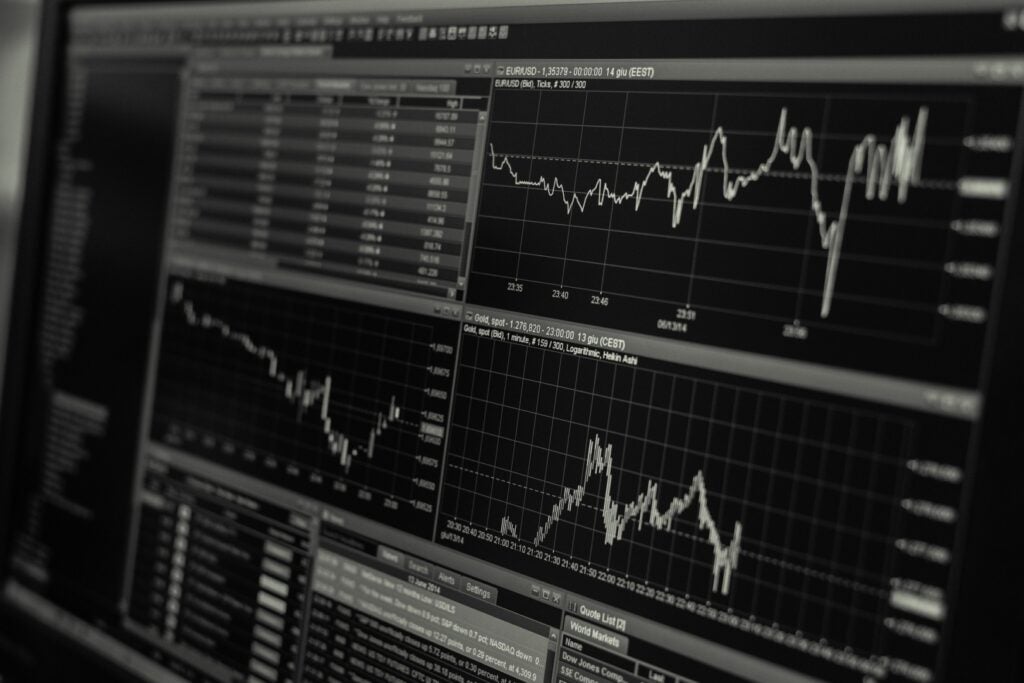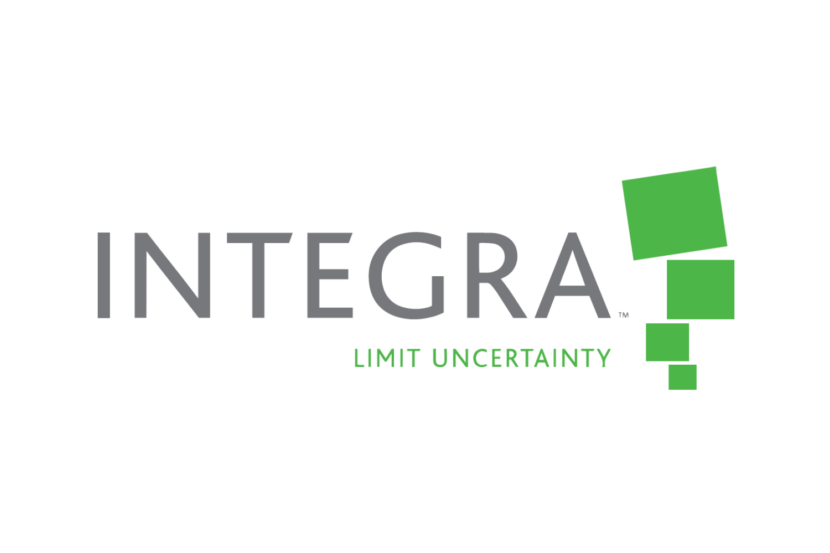(Bloomberg) — That the immediate fate of emerging markets is likely to be determined by the path of the dollar and Treasury yields is barely in dispute.
But what is less clear is which direction the U.S. currency and bond market will take, as investors weigh the competing forces of Covid-19 infections and the prospects of a global economic rebound. Another uncertainty is which developing economies are best-placed to ride the recovery.
This week “will continue to be dominated by rate volatility, issuance and Covid resurgence,” said Abdul Kadir Hussain, the head of fixed-income asset management at Arqaam Capital in Dubai. “If rate volatility declines, supply is constrained and the Covid resurgence in places like India is controlled we can go tighter in spreads. Otherwise, I think we will continue to see weakness in fixed income.”
Last week’s performance provided plenty of pointers. Emerging-market dollar bonds had their best week since December, while local-currency debt rose by the most in two months, according to Bloomberg Barclays indexes. Meantime, developing-nation stocks fell 0.6% amid concerns about rising inflation, while the implied volatility for currencies declined for a second week.
Chinese data will take the spotlight this week as a slew of releases including first-quarter gross domestic product will be watched for clues on the strength of its economic recovery. Inflation data from the U.S. and developing economies from India to Russia will also garner scrutiny as investors seek guidance on the path for monetary policy.
Turkey’s interest-rate decision on Thursday will be in focus as the new central bank governor seeks to win over investors with a commitment to tight monetary policy after his predecessor was fired last month. The Bank of Korea is likely to hold its benchmark rate too.
On Hold
Turkey’s central will probably keep the benchmark one-week repo rate unchanged at 19%, according to most economists surveyed by BloombergTurkish central bank Governor Sahap Kavcioglu said last month markets shouldn’t take for granted that he’ll cut interest rates as soon as AprilThe lira slumped 10% last month after President Recep Tayyip Erdogan’s shock decision to replace the country’s central bank chief.The benchmark rate was raised by a larger-than-expected 200 basis points at Naci Agbal’s final rate-setting meeting as governor on March 18“President Recep Tayyip Erdogan would like the new-look central bank to lower interest rates, but market forces will likely delay the delivery of his orders,” with inflation rising and the lira weakening, Bloomberg Economics said in a report
Bank of Korea is likely to hold its benchmark rate at 0.5% at its Thursday meeting. In late March Governor Lee Ju-yeol dismissed calls to tighten policy early to tackle rising financial risks, even as he said he expects faster inflation and economic growth this year
South Korea is scheduled to announce its unemployment rate for March on Wednesday. Bloomberg Economics forecasts the seasonally-adjusted jobless rate to slide further to 3.8% in March from 4% in the previous month
Election Watch
A Sunday presidential runoff vote in Ecuador will be closely watched by bondholders as the nation decides between a career banker or the protege of self-exiled former President Rafael Correa
Any impact on the nation’s recently restructured dollar bonds will be monitored as the votes are counted
Peruvians also head to polling stations on Sunday for the first round of their presidential election
The Peruvian sol led last week’s currency gains on speculation that pro-market economist Hernando de Soto will secure enough support in Sunday’s presidential election to advance to the June runoff. An Ipsos poll showed that de Soto, a former central bank governor and presidential adviser, gained support to become the second most-favored candidatePeru Vote Key to Bonds After Biggest Sol Rally Since 2008
China Check
Data on Friday is set to show China’s economy accelerated by a record 18.3% in the first three months of 2021, according to the median estimate of analysts surveyed by Bloomberg
Before that, trade figures are forecast to show a continued export boom while industrial production, retail sales and aggregate social financing are also expected to jump
The People’s Bank of China is also seen injecting cash in the banking system via medium-term lending facilities on Thursday as 100 billion yuan ($15.2 billion) of one-year loans come due. Traders will be on the watch for any additional cash injection as liquidity is expected to tighten this quarter due to a surge in local government bond sales and tax payments
“Looking ahead to April and May, we expect liquidity to stay on the tight side,” said David Qu, who covers China for Bloomberg Economics. “In our view, the PBOC is trying to avoid fueling financial risks — without putting a choke on the economy. We think the central bank will need to inject more liquidity into the banking system”
What Else to Watch
Traders will watch out for further escalation between Russia and Ukraine after Russia warned that growing violence in Ukraine could set off a broader military conflictJPMorgan Chase & Co. moved to market-weight from overweight on the ruble and Russian rates due to escalating geopolitical tensions and asset underperformanceThe ruble was the second-worst performing emerging-market currency last week amid the tension
India will release March consumer prices on Monday and inflation is expected to rebound further above the central bank’s 4% mid-point target
The Reserve Bank of India will probably look past the near-term surge however and continue its hold on interest rates, according to Bloomberg IntelligenceIndia’s benchmark 10-year yield fell 15 basis points last week after the RBI announced 1 trillion rupees ($13.4 trillion) of debt purchasesIndustrial production is expected to decline further in February; India will also release trade figures alongside IndonesiaThe Philippines will release February overseas remittances data on ThursdayThe Czech Republic and Poland will report March’s consumer prices data on Tuesday and Thursday, respectivelyThe koruna and the zloty were among the best-performing emerging-market currencies last weekTraders will watch a reading of Peru’s economic activity gauge for February, which is expected to add to evidence that recovering growth lost momentum early in the first quarter, in line with increasing infections and lockdowns, according to Bloomberg EconomicsIn Brazil, investors will be watching for news on the nation’s 2021 budget gridlock, a significant local drivers this monthFebruary retail sales data on Tuesday, and unemployment figures on Friday will offer more information on how rising coronavirus cases has affected the economy.
Colombia will post retail sales figures for February on Thursday
The nation has had to return to lockdowns to fight the spread of Covid-19, which may imply downside risk for March, according to Bloomberg EconomicsBloomberg Economics expects Argentina’s March CPI data to show persistent inflationary pressure, despite price and currency controls
For more articles like this, please visit us at bloomberg.com
Subscribe now to stay ahead with the most trusted business news source.
©2021 Bloomberg L.P.





